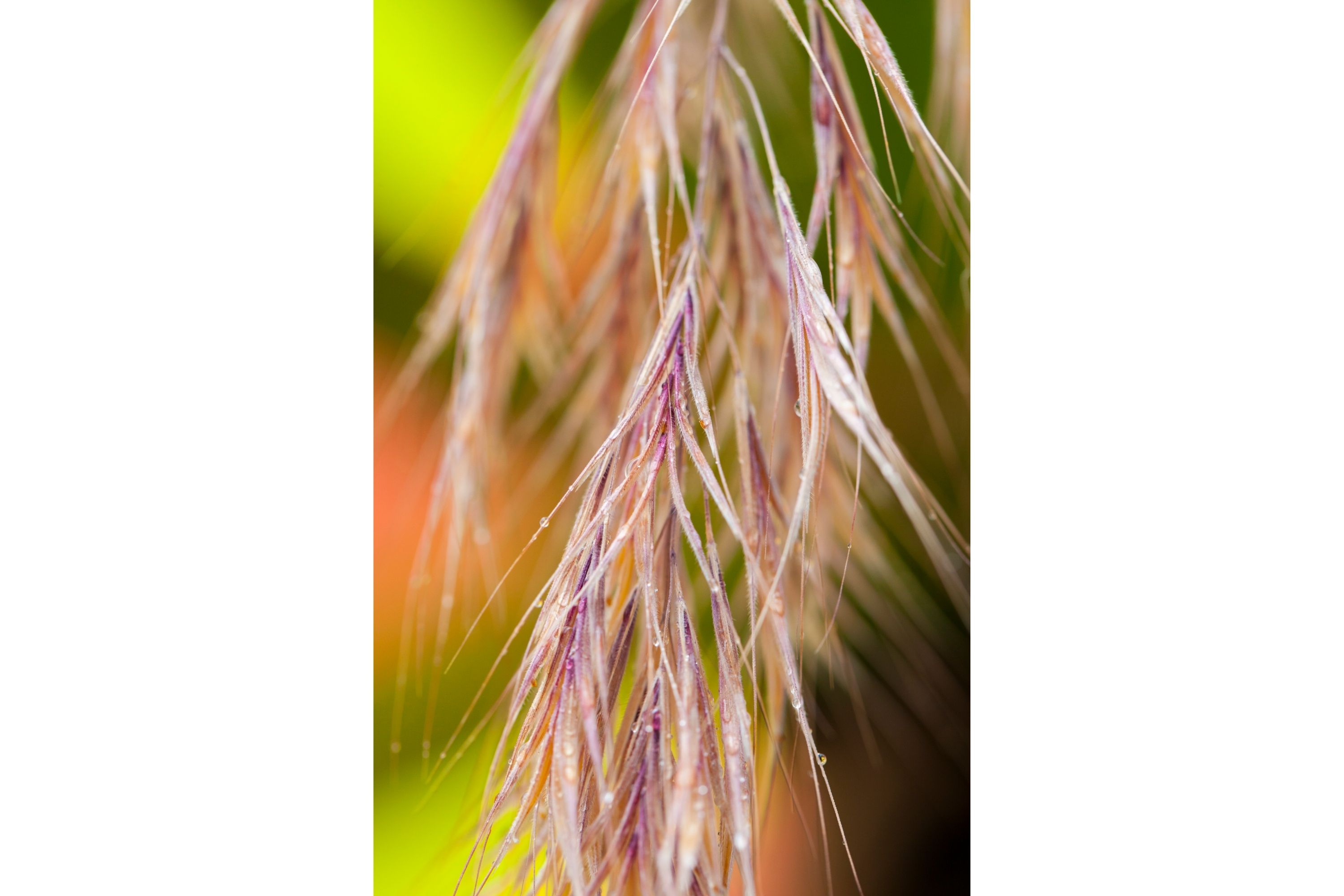Cheatgrass
(Bromus tectorum)

Description
Bromus tectorum, known as downy brome, drooping brome or cheatgrass, is a winter annual grass native to Europe, southwestern Asia, and northern Africa, but has become invasive in many other areas. It now is present in most of Europe, southern Russia, Japan, South Africa, Australia, New Zealand, Iceland, Greenland, North America and western Central Asia. In the eastern US B. tectorum is common along roadsides and as a crop weed, but usually does not dominate an ecosystem. It has become a dominant species in the Intermountain West and parts of Canada, and displays especially invasive behavior in the sagebrush steppe ecosystems where it has been listed as noxious weed. B. tectorum often enters the site in an area that has been disturbed, and then quickly expands into the surrounding area through its rapid growth and prolific seed production. The reduction of native plants and the increased fire frequency caused by B. tectorum prompted the United States Fish and Wildlife Service (USFWS) to examine if the greater sage-grouse needed to be listed as a threatened or endangered species due to habitat destruction. After the review was completed by the USFWS, Secretarial Order 3336 was signed with the goal of reducing the threat of rangeland fires and preserve habitat by reducing downy brome. Research has shown that ecosystems with a healthy biological soil crust and native plant community will be resistant to B. tectorum invasion. In areas where B. tectorum is invasive treatments that are being researched/used by land managers to control B. tectorum include seeding of native plants and non-native bunch-grasses to out compete B. tectorum, herbicides, and prescribed burns. The effectiveness of these treatments is tightly linked to the timing of the water availability at the site. With precipitation shortly after herbicide and seeding treatments increasing the success, and overall high precipitation increases B. tectorum growth, causing the treatment effects to be statistically insignificant. Bromus comes from a Greek word for a type of oat, and tectorum comes from tector which means overlaying and tectum which means roof. Bromus tectorum is a winter annual grass native to Eurasia usually germinating in autumn, overwintering as a seedling, then flowering in the spring or early summer.
Taxonomic tree:







